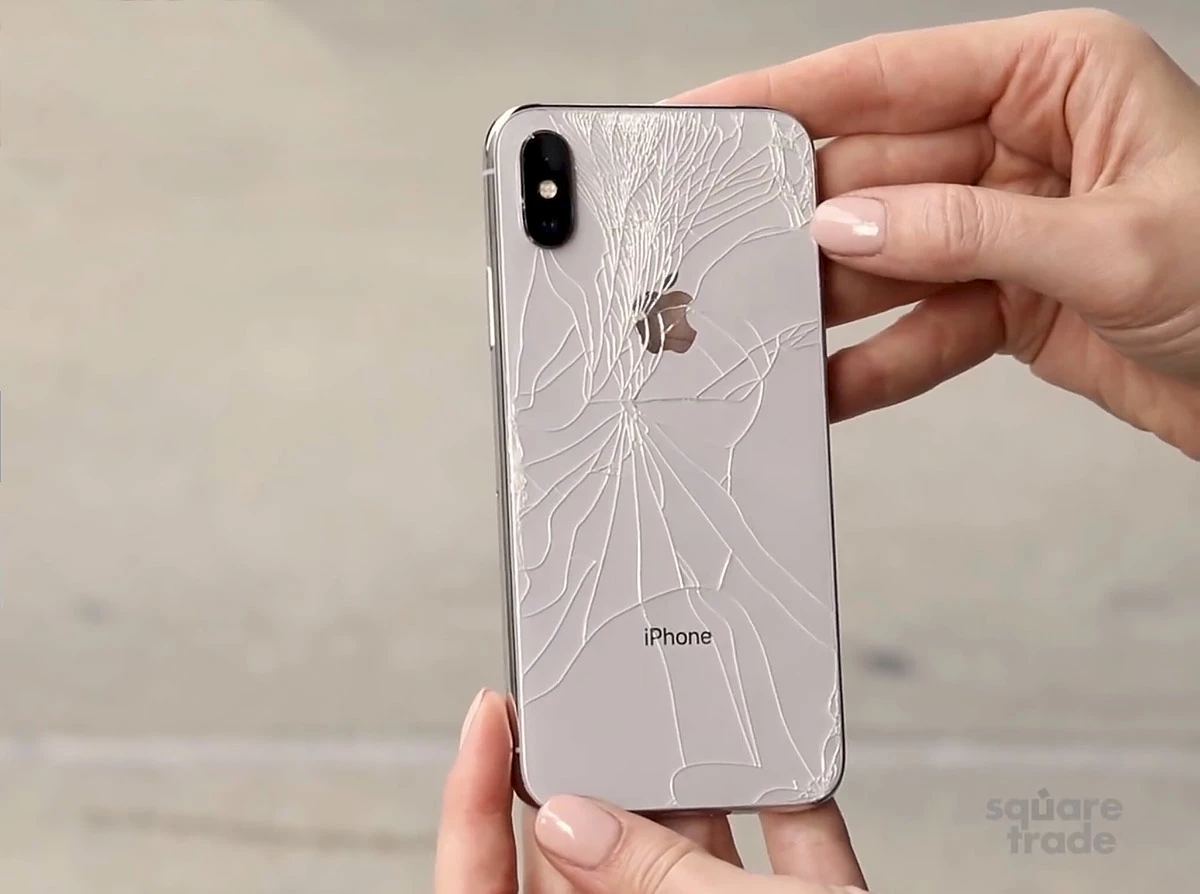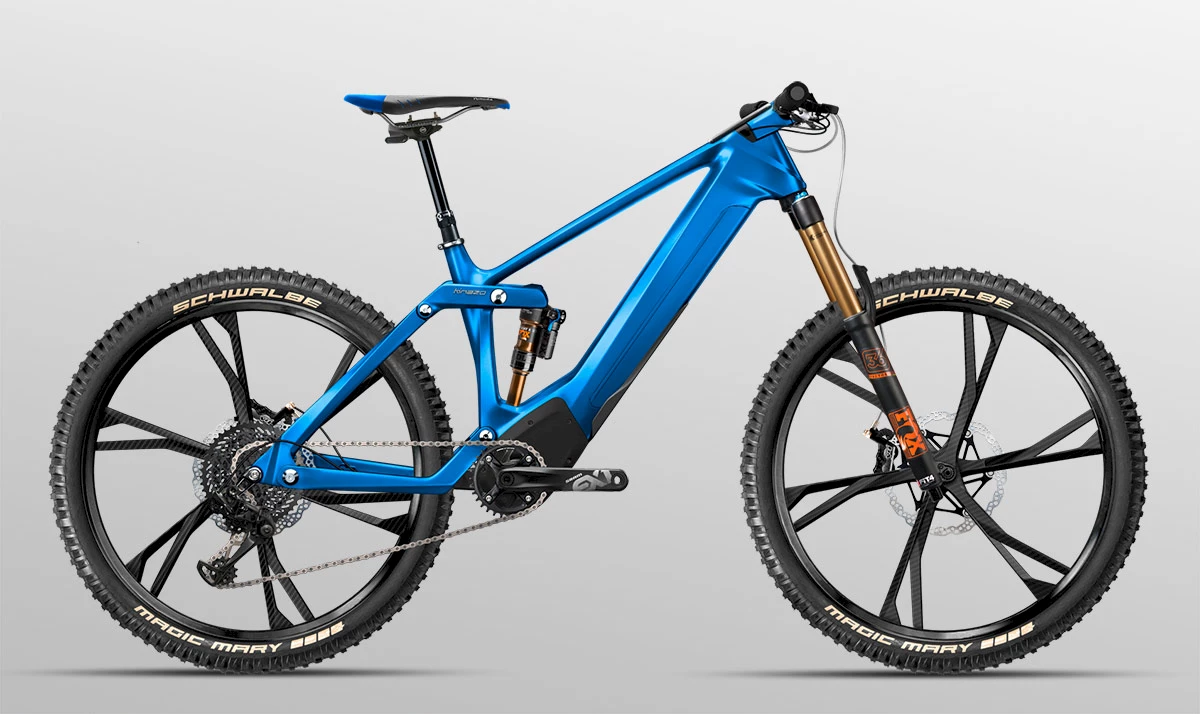Weekly Tech Recap - № 145 - Tiny phone, Apple AR headset, fragile iPhone X, E-bike 3D printed, etc.

Tiny phone

NichePhone-S. © Future Model Co. Ltd.
In Japan, Future Model has announced the launch of its new NichePhone-S, developed using crowd funding from the website Makuake. The phone is the size of a credit card and costs 10,000 yen (approximately $100 Cdn). It resembles a pocket calculator, and is available in black or white. It only weighs 38 grams, and is 6.5 mm wide. At this price point, its not surprising that it has limited features (namely calling and texting), and you can’t install any apps on it, despite the fact that it’s an Android (4.2) device. However, you can still listen to music with Bluetooth A2DP speakers, and the 550 mAh battery should provide you with 3 hours of talk time, or 72 hours of battery life. MP3 music files can be transferred via USB from your computer. The phone will be available on November 10.
⇨ Circuit Breaker, “The NichePhone-S is a tiny little Android phone.”
Apple AR headset

Demo scene using Apple’s ARKit. © Wingnut AR.
Bloomberg reports that Apple is working on an augmented reality headset that is set to hit the market in 2020. This new device will work with its own version of Apple’s IOS operating system (similar to watchOS or tvOS). This is one of many projects that Apple is pursuing in the areas of virtual and augmented reality; these projects fall under a group referred to by insiders as T288, and are developed by a team of “several hundred engineers,” led by Mike Rockwell, former engineering director with Dolby Labs. This team has already developed ARKit, a software development tool for iOS that supports complex base functions for third-party developers who create AR applications. Apple is developing a System in Package (SiP) chip, dedicated to this AR headset.
⇨ Bloomberg Technology, “Apple Is Ramping Up Work on AR Headset to Succeed iPhone.”
Apple’s iPhone X is a fragile beauty

Drop test. © SquareTrade.
The website CNET conducted a drop test of the iPhone X from a height of about 1 metre (or 3 feet). On the first drop, the glass back cracked when the phone hit the ground on its side. A second test, which dropped the phone on its front, led to additional cracks. From these tests, CNET concluded that in no way should this phone be dropped without a case. SquareTrade, a group that offers mobile phone protection plans, subjected the phone to other, more rigorous and in-depth tests. In the case of one fall from about 2 metres, or 6 feet, it wasn’t just superficial, cosmetic damage with cracks or fractures on the back of the phone - the phone itself became partially or completely unusable (TrueDepth sensor and camera, and screen didn’t work). Apple said that it has used glass three times stronger than that used in previous generations. When we know that a screen replacement costs $359 CAD and other repairs which aren’t covered by the warranty or an AppleCare+ plan are in the ballpark of $709 CAD, we should use extreme caution when handling an iPhone X.
⇨ CNET, “The iPhone X cracked on the first drop.”
E-bike printed in 3D

Enduro e1. © Kinazo.
Slovakian firm Kinazo Designs has unveiled the “Enduro e1”, a stylish e-bike, created using 3D printing and available for approximately $23,500 USD. Volkswagen Slovakia helped the firm develop the bike through the loan of their X Line 2000R 3D laser printer from Concept Laser, that uses laser-selected sintering (or compression) technology, and is capable of printing very large items (with build areas of 8 x 4 x 5 m). Weighing 20 kg, the Kinazo e1 features an aluminum frame and a mountain-bike style. It is powered by an eDrive system, and available in two versions with a Brose motor and BMZ batteries with 500-650 Wh capacity: Pedelec (up to 25 km/h) or S-Pedelec (up to 45 km/h). A mobile app is used to control the bike’s electronics.
⇨ 3ders.org, “Volkswagen 3D prints $23.5K Kinazo ENDURO e1 electric bicycle in Slovakia.”
Lumberyard does away with voice actors

Lumberyard. © Amazon.
Amazon’s game engine, Lumberyard, in its 1.11 version, has done away with the need for voice actors with the creation a full text-to speech pipeline. This built-in tool, which is now live for any of its developers, allows text to be attached to any interaction in a game. This text can be spoken in 50 different voices, in 24 different languages. The toolset will also create lip-synched animation for any voiced 3D characters, which appears serviceable but limited.
⇨ Ars Technica, “In Amazon’s game engine, voice actors can now be replaced with robots.”
